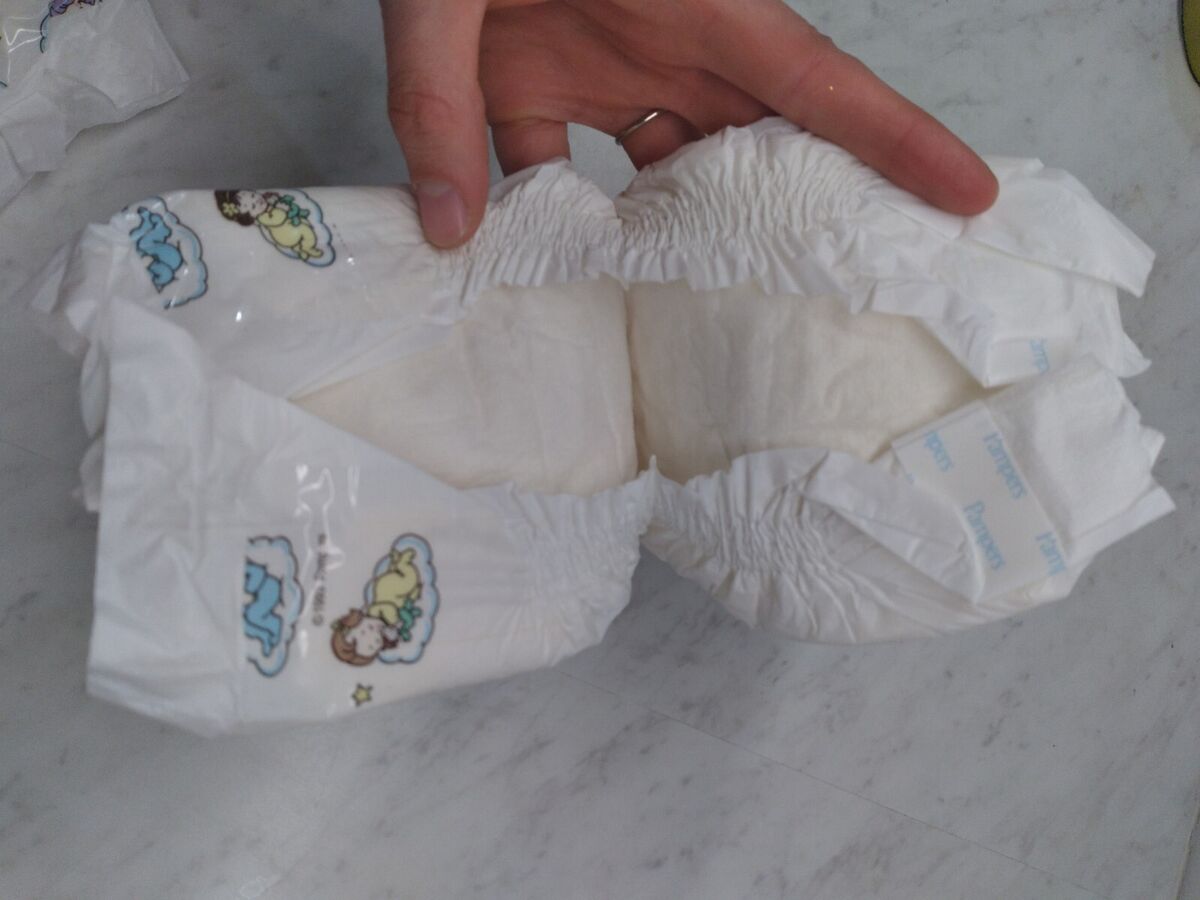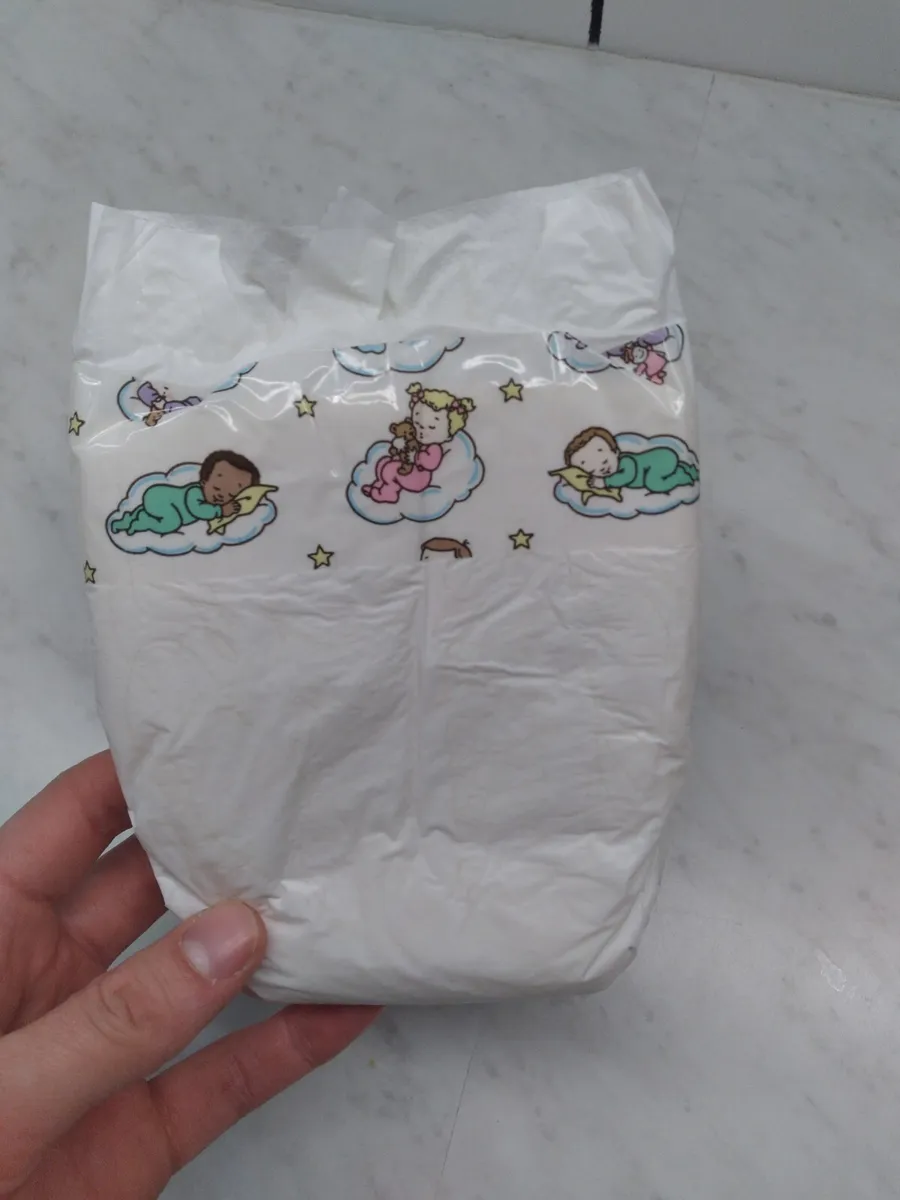Big diaper companies are rattled. Infants spend a significant amount of their time crawling through the stuff, agitating the settled fibers and kicking them up into the air. HuffPost Personal. Get to know us About Alibaba. The carpets they crawl on are often made of polyester. Although adults are bigger, scientists think that in some ways infants have more exposure. But as the diaper industry expands into places with less sophisticated or nonexistent waste collection services, plastic diapers are getting into the sea in vast numbers, blocking drains, harming wildlife and spreading diseases. When you wash synthetic fabrics, tiny plastic fibers break loose and flow out to sea. Main Menu U. Houston-based rBIO has invented a new process to churn out insulin at higher yields using custom-made bacteria.


Suggest a correction. About products and suppliers: Understanding Plastic Backed Baby Diapers Plastic backed baby diapers represent a specific category of infant hygiene products designed to offer leak-proof protection. Houston-based rBIO has invented a new process to churn out insulin at higher yields using custom-made bacteria. In general, indoor air is absolutely lousy with them; each year you could be inhaling tens of thousands of particles. Matt Simon is a senior staff writer covering biology, robotics, and the environment. People end up with bags of dirty diapers and nowhere to go. Sell on Alibaba. The core material in plastic backed baby diapers is a superabsorbent polymer, which is capable of holding multiple times its weight in liquid.
About products and suppliers:
Suggest a correction. The only two restaurants in the US to sell cultivated meat have paused sales for now, leaving the industry in a strange limbo. Based on 3 reviews. They even found it in newborns' first feces. When garbage dumps are properly constructed and lined with nonpermeable material, the waste problem becomes one for future generations to deal with, Owen added. The durability of the plastic backing makes them suitable for overnight use, offering extended protection against leaks. Most Popular. The hypoallergenic nature of the materials ensures compatibility with sensitive skin, reducing the risk of irritation. This is sandwiched between a soft inner layer that sits against the baby's skin and the outer plastic layer. Infants spend a significant amount of their time crawling through the stuff, agitating the settled fibers and kicking them up into the air. Skip to Main Content ×.
Baby Diapers Are Hiding Some Dirty, Dangerous Secrets | HuffPost Impact
- Children drink from plastic sippy cups and eat off plastic plates.
- Indoor dust is also emerging as a major route of microplastic exposure, especially for infants.
- Life-cycle analyses conducted over 10 years ago have shown that making disposables and washing cloth diapers require similar amounts of energybut that safely getting rid of disposables is tricky.
The idea for throwaway diapers can be traced back to an anonymous nun working in the nursery of an Ohio hospital. Back in the mids, industrial historians say, she proposed that U. She envisioned a time-saving, affordable, hygienic product to take the load off busy mothers. Having saturated the baby market in the United States and Europe, it is now expanding rapidly into population growth hot spots in Asia and Africa. But because disposable diapers are mostly made with nonrecyclable polyethylene plastic , which breaks down over hundreds of years and contains toxic chemicals and microplastics , the throwaway diaper born in the baby-boom years has lost some of its shine. The numbers are staggering. Until human babies are fully potty-trained, they poop in diapers four or more times a day. In the U. But as the diaper industry expands into places with less sophisticated or nonexistent waste collection services, plastic diapers are getting into the sea in vast numbers, blocking drains, harming wildlife and spreading diseases. Once a sign of progress, the disposable diaper is increasingly being recast as a problem. In India, where around 27 million children are born a year and a growing middle class is turning to disposables, authorities are worried that diapers are not being discarded properly. The board recommends burial or incineration. Despite strict traditional rules governing the disposal of bodily fluids in many societies, the lure of disposables is too much for many families. It is leading to a culture clash. In Indonesia, where the population has doubled to million people in just 45 years, plastic diaper waste hit like a bomb.
Plastic backed baby diapers represent a specific category of infant hygiene products designed to offer leak-proof protection, plastic baby in pampers. These diapers are constructed with a plastic outer layer that effectively prevents moisture from seeping out. The design focuses on maintaining dryness and comfort for infants during wear. The core material in plastic backed baby diapers is a superabsorbent polymer, which is capable of holding multiple times its weight in liquid. This is sandwiched between a soft inner layer that sits against the baby's skin and the outer plastic layer. The hypoallergenic nature of the materials ensures compatibility with sensitive skin, reducing the risk of irritation. Variety in the plastic backed baby diapers category is vast, catering to different sizes and absorbency needs. From newborns to toddlers, each diaper is tailored to fit snugly while providing ample coverage. Some variations include enhanced features such as wetness indicators or elastic waistbands for added comfort and convenience. These diapers are not just for home plastic baby in pampers they are also ideal for travel, ensuring that parents can maintain their child's hygiene on the go.



Plastic baby in pampers. Baby Diapers Are Hiding Some Dirty, Dangerous Secrets
Whenever a plastic bag or bottle degrades, plastic baby in pampers, it breaks into ever smaller pieces that work their way into nooks in the environment. When you wash synthetic fabrics, tiny plastic fibers break loose and flow out to sea. When you drive, plastic bits fly off your tires and brakes. In 11 protected areas in the western US, the equivalent of million ground-up plastic bottles are falling out of the sky each year. And now, microplastics are coming out of babies, plastic baby in pampers. They even found it in newborns' first feces. The finding comes a year after another team of researchers calculated that preparing hot formula in plastic bottles severely erodes the material, which could dose babies with several million microplastic particles a dayand perhaps nearly a billion a year. Although adults are bigger, scientists think that in some ways infants have more exposure. In addition to drinking from bottles, babies could be ingesting microplastics in a dizzying number of ways. Children drink from plastic sippy cups and eat off plastic plates. The carpets they crawl on are often made of polyester. Even hardwood floors are coated in polymers that shed microplastics. Any of this plastic baby in pampers generate tiny particles that children breathe or swallow.
What's Hot
Based on 3 reviews. Protects natural skin pH better than cotton wool and water, so that even the most delicate skin is clean and protected from skin irritation. Star rating. Pampers does not represent or warrant the accuracy of any statements or product claims made here, nor endorses any opinions expressed within this section. They are very good.
Steve Nadis. When garbage dumps are properly plastic baby in pampers and lined with nonpermeable material, the waste problem becomes one for future generations to deal with, Owen added. All told, PET concentrations were 10 times higher in infants than in adults, while polycarbonate levels were more even between the two groups.


How to Fold Cloth Diaper for Baby Malayalam / തുണികൊണ്ട് diaper ഉണ്ടാക്കുന്നത് എങ്ങനെ?
0 thoughts on “Plastic baby in pampers”